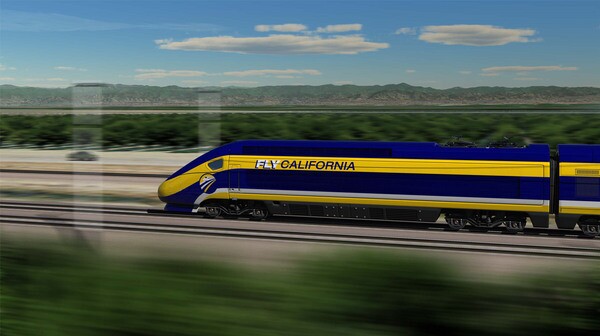High-Speed Rail Updates: California Secures More Funding, Metro Supports Palmdale Route

An agreement securing $86.4 million from the American Recovery and Reinvestment Act between the federal government and the California High-Speed Authority rail has been signed, state officials announced today.
It is considered another step in having the nation's first high-speed rail system be in California, which has been promising to provide job and surge economic growth by transporting people between urban centers. "It is clear by the success of profitable systems around the world that high-speed rail will be a competitive, in-demand mode of transportation between northern and southern California," said Roelof van Ark, CEO of the California High-Speed Rail Authority, in a statement.
It is also clear the availability of federal transportation funding is possible due to other regions considering HSR a risk. Today's funds are a portion of a May 2011 agreement reallocating monies from Florida, joining a December 2010 $616 million re-allocation from Wisconsin and Ohio.
The agreement, with 20% matched by the state, adds $108 million that can be applied to the initial 2012 construction in the Central Valley. Total federal funding, with state matching, has now reached $6.3 billion.
While states have stepped away from HSR, regions within California are battling for the rail route.
A motion supporting the Antelope Valley route was unanimously approved by the Metro Board on Thursday with no discussion. The motion by Metro board member Mike Antonovich was written in response to "the sudden decision" by the Authority to revaluate the I-5/Grapevine alternative for the alignment between Bakersfield and Los Angeles.
On May 5, the Authority approved to study the alternate alignment, first shelved in 2005, to confirm if it would save 9 minutes of travel between Los Angeles and San Francisco, and up to $1 billion in costs.
The motion defends the Palmdale alignment, in part by pointing to voters passing the high-speed rail bond in 2008 "believed the route would go through the Antelope Valley and have a station in Palmdale." The 1-5/Grapevine alternative would also threaten plans to connect another high-speed rail project that would reach Las Vegas.
The Authority's decision to include on revisiting "The Grapevine" route will be made at a September 2011 meeting. The motion requests the Metro board lobbies for that meeting to be held in Antelope Valley to allow public comment.


